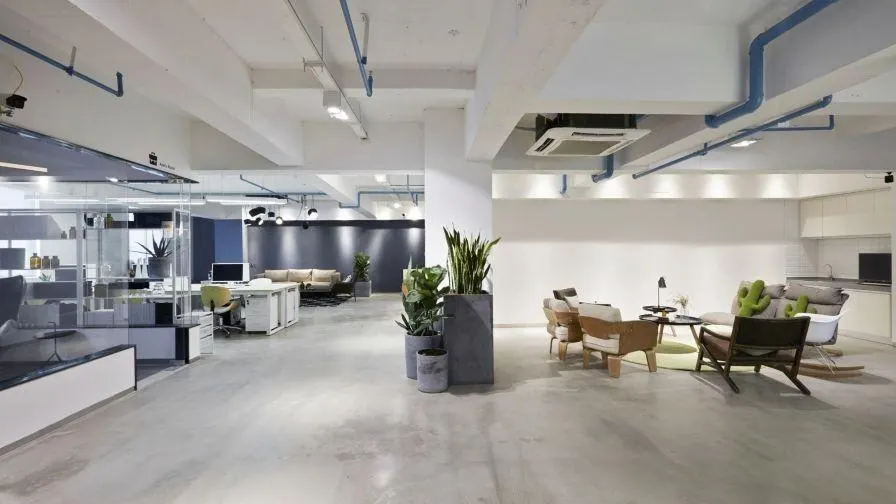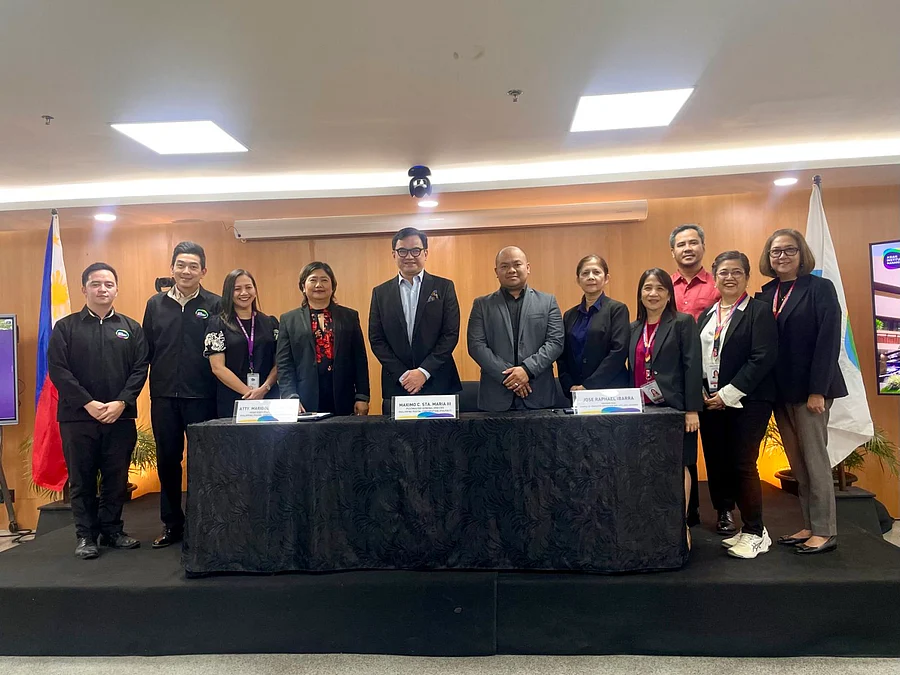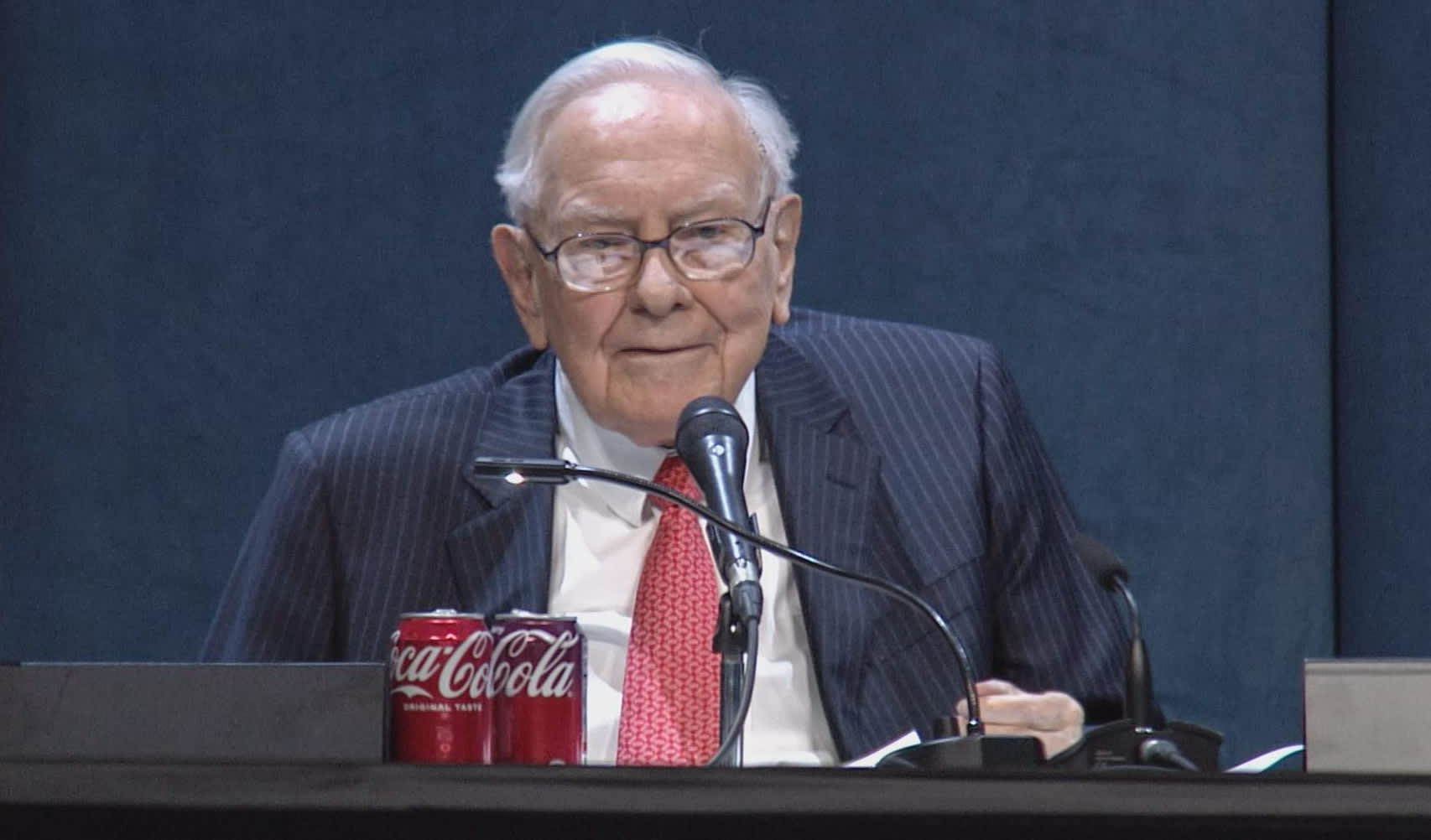By Contributor,London Business School
Copyright forbes

By Dr. Bukky Akinsanmi Oyedeji, Assistant Professor of Strategy and Entrepreneurship, London Business School
Redefining offices as engines of sustainability, culture, and human thriving
Shutterstock
When the pandemic forced us home, many workers realized something striking: they didn’t really miss the office. Beige walls, harsh lighting, and the hum of open-plan chatter suddenly seemed less like the lifeblood of modern commerce and more like a tired habit.
So why go back?
Because the office is not just a container for desks. It is an engine for health, culture, and sustainability. To see it merely as overhead is to miss its strategic potential.
Our research shows how powerful design really is. We studied a firm two years before and after it moved into a gleaming new headquarters. The people were the same. The strategy was the same. Yet productivity collapsed, and kept falling. Both buildings were open plan. The new one was more beautiful. But beauty, we found, is not functionality. The floor plan created more distractions, especially for complex tasks. All that glisters, as it turns out, is not gold.
Today’s challenge is not only to make offices attractive, but to make them truly sustainable. Too often, corporate sustainability in real estate is reduced to carbon metrics. But offices sit at the intersection of people, planet, and profit. Neglect that, and you risk ghost offices – half-empty, culture-draining, energy-hungry.
The next era of sustainability asks us to think bigger, towards regeneration. That means not just minimizing harm, but improving the world around us: restoring ecosystems, strengthening communities, enhancing well-being. For offices, this means moving past energy efficiency alone to spaces that actively enrich environmental and social conditions.
MORE FOR YOU
And what might this look like? Retrofitting existing buildings rather than forever chasing new trophy towers. By 2050, eighty percent of the buildings we will occupy already exist. Yet retrofit rates remain well below the 3 to 3.5 percent needed to meet net-zero goals. The World Economic Forum points out that scaling retrofits would cut emissions, lower operating costs, and protect asset values. Refurbishments also improve health, reduce absenteeism, and boost engagement, a win for people, a win for the planet.
More importantly, well-designed offices safeguard an organization’s most precious asset: its people, and with them, firm-specific human capital. Poor physical environments, whether too noisy, too cramped, or simply uninspiring, do more than frustrate. They erode engagement, dampen motivation, and accelerate turnover. When employees leave, they take with them unique know-how: tacit skills, relationships, contextual insight. This is not easily replaced, and it is exactly what allows firms to innovate and compete.
Our research shows that the environments in which people work are crucial for preserving and developing this capital. Offices that support focus, collaboration, and well-being create the conditions for knowledge to circulate, deepen, and embed itself into the organization. Neglect design and knowledge fragments. Disengaged employees contribute less, mentor less, and leave sooner. Sustainability in office design is therefore not just a social or environmental issue; it is a strategic one.
And here, design details matter. Three dimensions stand out: ambience, spatial configuration, and aesthetics. Ambience covers comfort and health: natural light, clean air, acoustic balance, biophilic features that reduce stress and support concentration. Spatial configuration shapes movement and interaction: layouts that balance collaboration with focus, circulation paths that enable informal connection without constant disruption, and hybrid-ready meeting spaces that bind dispersed teams. Aesthetics sets the psychological tone: materials, color, and art that energize, calm, and communicate what the organization values. Layered with wellness rooms, sustainable materials, and smart energy systems, these features make the office a silent yet powerful ally in sustaining culture, human capital, and net-zero goals.
Regeneration also demands a wider lens. Fair wages, employee well-being, and community engagement must stand alongside energy efficiency and biodiversity gains. Circular economy principles can turn waste into inputs; clean energy can power buildings without depleting resources. Done well, the office becomes a source of resilience, economic, environmental, and social.
The implications for leaders are clear. Office design is not a facilities issue; it is a boardroom issue. Investors and regulators demand transparency on environmental and social performance. Employees and clients are scrutinizing culture and values. An office that signals indifference carries reputational risk. One that embodies sustainability in its fullest sense becomes a strategic asset.
Yes, design is full of contradictions. Open plans promised collaboration, delivered distraction. Remote work promised flexibility but brought isolation. These contradictions are not trivial; they reveal just how underestimated the complexity of space has been. We run experiments on marketing campaigns worth thousands; why not test office layouts that influence billions in productivity and real estate value?
History shows us that offices always speak. The cubicle farms of the 1980s spoke of conformity. The glass-walled start-up hubs of the 2000s spoke of agility and transparency. The question now is: what will tomorrow’s offices declare? Will they whisper indifference, or boldly embody sustainability across people, planet, and profit?
In the next era of sustainability, where value for people and planet is built together, the message is urgent. The office is not an afterthought. It is the missing link. With imagination, it can regenerate communities, cut emissions, strengthen culture, and deliver long-term value.
All that glisters is not gold. But what is thoughtfully designed can be green, resilient, and deeply human. That is the promise of the next era. And it begins where we work.
Dr Bukky Akinsanmi Oyedeji, Assistant Professor of Strategy and Entrepreneurship, London Business School, PhD (University of Wisconsin-Madison), MED (University of Lagos), is a strategy scholar who studies the relationship between human capital, workplace design, and firm performance. Her research focuses on how complementary firm resources – including physical work environments – affect the value created by a firm’s people, particularly in the contexts of employee mobility and entrepreneurship.
Dr Oyedeji is the co-author of “Physical Work Environments: An Integrative Review and Agenda for Future Research”. Journal of Management (Journal of Management, 28 February. 2025); Oyedeji, B. A., Ko, Y.H. & Lee, S., 2025
Editorial StandardsReprints & Permissions



